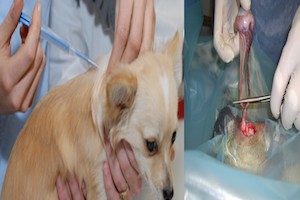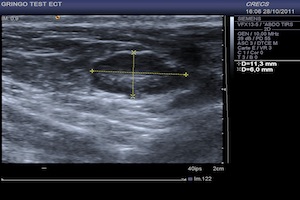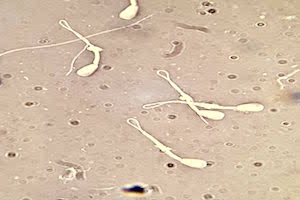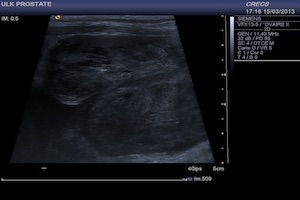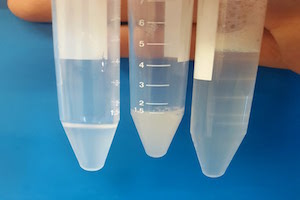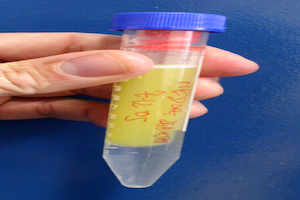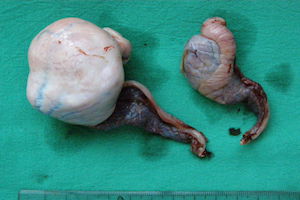Castration and sterilization in male and female cats: interests and risks for their health
Early castration is the surgical removal of gonads (testicles or ovaries) from non-pubescent animals (<4-5 months).
Numerous scientific studies, combined with a decline of more than 20 years in this practice in the United States, show that early castration in cats does not involve more adverse effects than castration at a more traditional age (5 to 8 months).
Nevertheless, this practice remains controversial and confidential in Europe.
Castration and medical contraception in males (dogs and cats): indications and modalities
Castration consists of the complete and definitive removal of both testicles. Castration has many indications, but also limitations (desired result not achieved) and adverse effects.
Testicular ectopia (cryptorchidism) in puppies and kittens
It is a defect in the descent of one or both testicles into the scrotal pocket.
At birth, the testicles are located near the inguinal ring and at 5 weeks they are already normally in place.
An absence of testicles at 8 weeks is considered abnormal (delayed implantation), but it will take six months to legally diagnose an ectopic testicle. Beyond six months, whatever the breed, this is an unacceptable defect in dogs.
Infertility in males (dogs and cats): failure of mating, erection, ejaculation, abnormal semen.
Infertility is a frequent cause of consultation in males.
The term "infertility" is often synonymous with "bitch that is unpregnant Male infertility must be confirmed and characterized before its origin (location and etiology) is found to discuss prognosis and treatment.
Pathologies of the dog’s prostate: BPH, prostatitis, cysts/abscess, cancer, squamous metaplasia, etc.
Prostate pathologies are common in dogs and cause different clinical manifestations ranging from infertility to sepsis (Smith et al., 2008; Lévy et al. 2014). A retrospective study of 177 dogs showed that prostate disease is responsible for about 3% of whole male dogs seen by a veterinarian.
Semen collection (ejaculate) from the dog – Detailed spermogram performed
Semen evaluation is essential for the evaluation of male fertility at the time of insemination and the semen storage process ( chilled and frozen semen).
Frozen semen (semen): production, storage and use
The improvement of fertility results with frozen semen and its "practicality" leads to its population in canine husbandry in the coming years.
Chilled semen (sperm) in dogs
The majority of inseminations performed by veterinarians are performed with freshly collected semen (> 70%).
Refrigerated semen is increasingly used for insemination in France (and Europe).
Testicular tumors
Testicular tumours are frequent and easy to detect. Often benign, they are sometimes carried out without analysis and monitoring is neglected. Nevertheless, an informed knowledge of the different histological types encountered and of the symptomatology, particularly paraneoplastic, underlines the need for the practitioner to be vigilant with regard to these tumours, their precise identification and follow-up.


